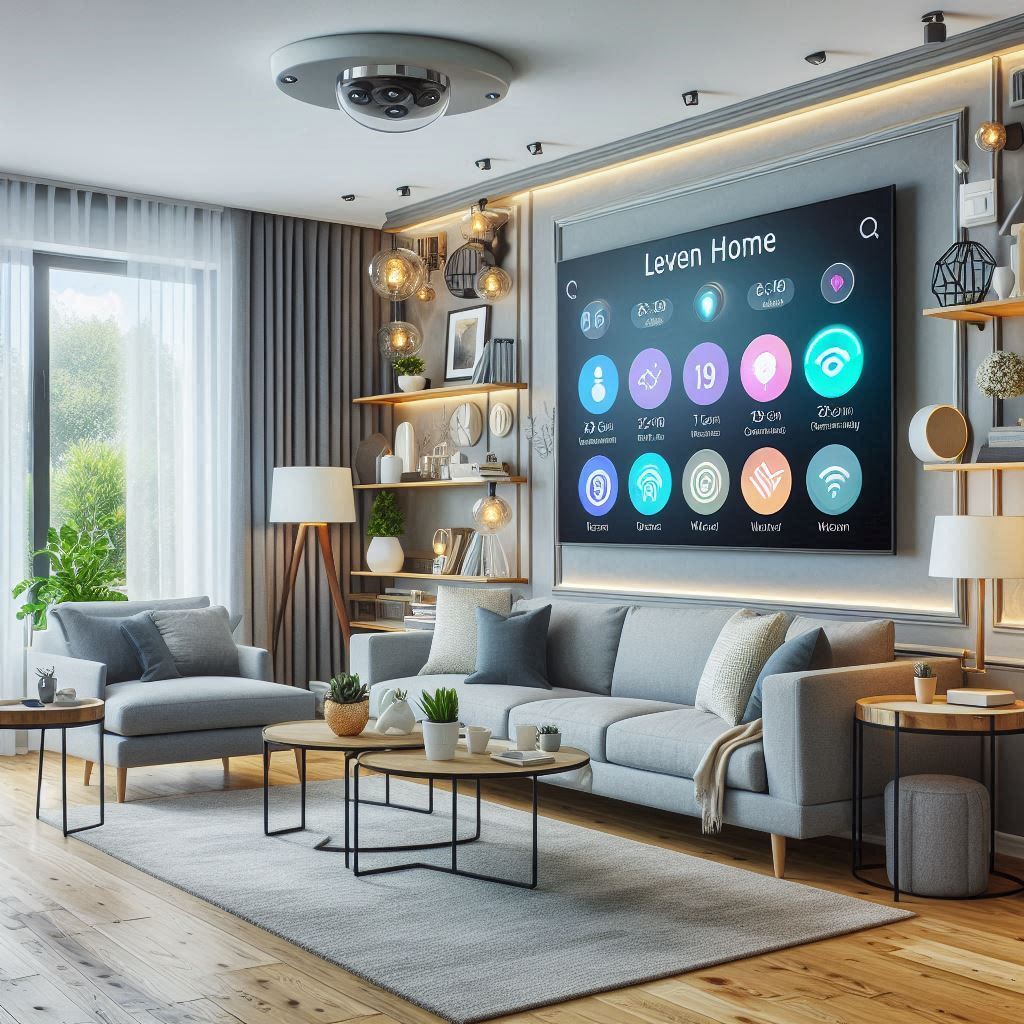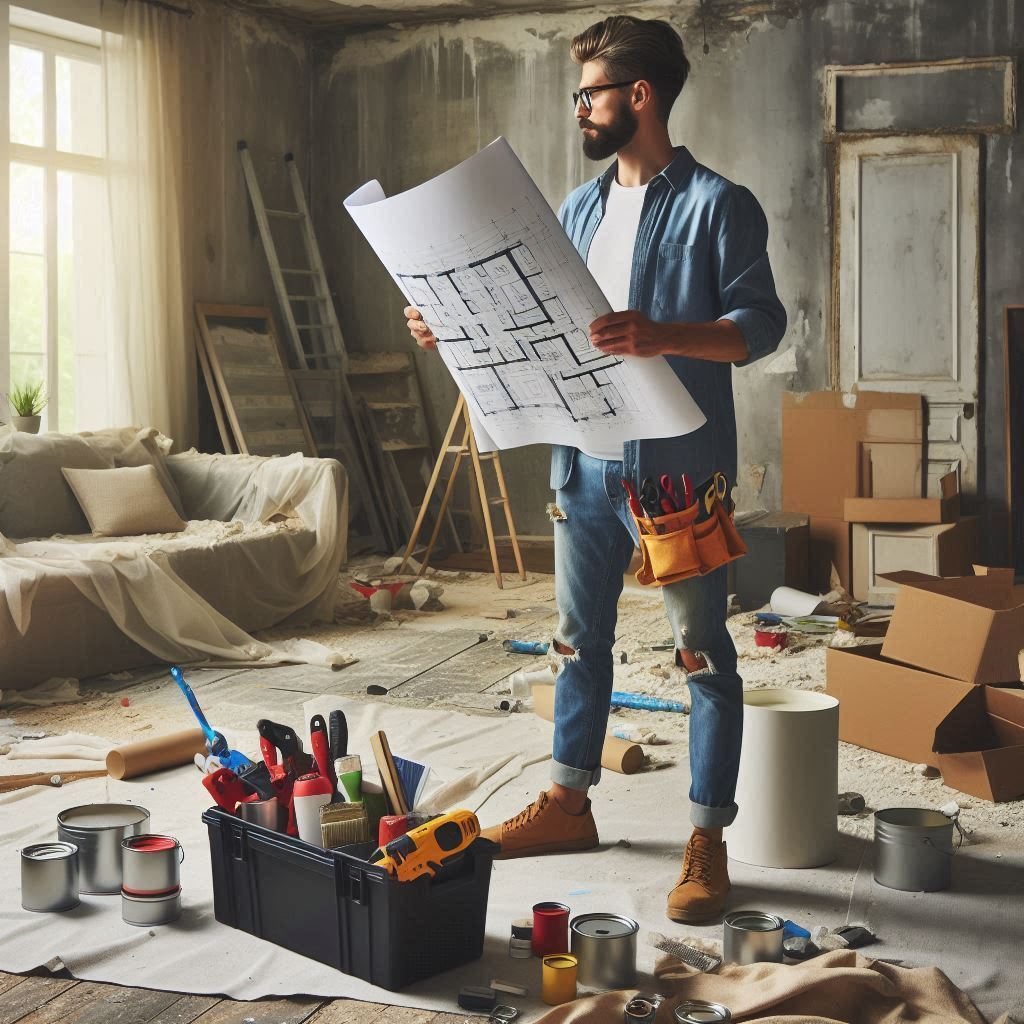Are you dreaming of a home that perfectly reflects your style and lifestyle? Home remodeling can be a transformative experience, turning your house into a true sanctuary. However, navigating the design process can be overwhelming. That’s where a skilled home remodel designer comes in.
A home remodel designer is your partner in creating a space that is both functional and aesthetically pleasing. With their expertise in design, architecture, and construction, they can help you envision and achieve your dream home.
Choosing the Right Home Remodel Designer
Selecting the right home remodel designer is crucial to the success of your project. Consider the following factors when making your decision:
- Experience: Look for a designer with a proven track record and experience in the type of remodel you envision.
- Portfolio: Review their portfolio to see examples of their previous work and assess their style.
- Communication: Effective communication is essential for a successful collaboration. Choose a designer who listens to your needs and provides clear updates throughout the process.
- Licensing and Insurance: Ensure the designer is licensed and insured to protect your investment.
Defining Your Design Vision
Before embarking on your remodel, it’s important to have a clear vision of your desired outcome. Consider these key elements:
- Style: Determine your preferred design style, such as modern, traditional, farmhouse, or eclectic.
- Functionality: Think about how you want to use the space and prioritize features that align with your lifestyle.
- Budget: Set a realistic budget and discuss potential cost-saving measures with your designer.
- Timeline: Establish a timeline for your project to ensure it stays on track.
The Design Process
The home remodel design process typically involves the following steps:
- Initial Consultation: Meet with your designer to discuss your vision, goals, and budget.
- Site Visit: The designer will visit your home to assess the existing space and identify potential challenges.
- Design Concepts: The designer will create initial design concepts based on your preferences and the home’s characteristics.
- Floor Plans and Elevations: Detailed floor plans and elevations will be developed to visualize the proposed changes. 3D Renderings: To provide a realistic preview of the finished space, 3D renderings can be created.
- Material Selection: Choose finishes, fixtures, and materials that complement your design vision and budget.
- Permitting and Approvals: Obtain necessary permits and approvals from local authorities.
- Construction Phase: Oversee the construction process, ensuring it adheres to the design plans and timeline.
Common Remodel Projects
Home remodel designers can help with a variety of projects, including:
- Kitchen Remodels: Create a functional and stylish kitchen that meets your cooking and entertaining needs.
- Bathroom Remodels: Update your bathrooms with modern fixtures, finishes, and layouts.
- Bedroom Remodels: Transform your bedrooms into relaxing retreats with comfortable furnishings and personalized touches.
- Basement Remodels: Convert your basement into a finished living space for additional bedrooms, entertainment areas, or home offices.
- Whole-House Remodels: If you’re looking for a complete overhaul, a whole-house remodel can create a cohesive and updated living environment.
Key Components of a Smart Home
A smart home typically includes the following components:
- Smart Hub: The central control point for your smart home devices.
- Smart Speakers: Voice-activated assistants that can control your smart devices.
- Smart Thermostats: Programmable thermostats that optimize energy consumption.
- Smart Lighting: LED bulbs that can be controlled remotely and scheduled.
- Smart Security Systems: Cameras, sensors, and alarms that enhance home security.
- Smart Appliances: Refrigerators, washing machines, and other appliances with internet connectivity.
Benefits of Smart Home Technology

- Convenience and Automation: Smart home devices can automate tasks, saving you time and effort.
- Energy Efficiency: Optimize energy consumption by controlling heating, cooling, and lighting.
- Security: Enhance home security with smart cameras, sensors, and alarms.
- Remote Access: Control your smart home devices from anywhere in the world.
- Personalized Comfort: Create a customized living environment that suits your preferences.
Smart Home Trends
- Voice Control: Voice-activated assistants like Amazon Alexa and Google Assistant are becoming increasingly popular for controlling smart home devices.
- Integration with Home Automation Systems: Smart home technology is being integrated with traditional home automation systems to provide more comprehensive control.
- Energy Efficiency: Smart home devices are becoming more focused on energy efficiency to reduce environmental impact.
- Home Security: Advanced security features, such as facial recognition and intrusion detection, are being incorporated into smart home systems.
Challenges and Considerations
- Cost: Investing in smart home technology can be expensive, especially if you want to equip your entire home.
- Privacy Concerns: The increased connectivity of smart home devices raises concerns about privacy and data security.
- Compatibility: Ensuring compatibility between different brands and models of smart devices can be challenging.
- Technical Expertise: Setting up and maintaining a smart home may require some technical knowledge.
Exterior Maintenance
- Roof Inspection: Inspect your roof for damage, missing shingles, or leaks. Consider professional roof inspections every few years.
- Gutters and Downspouts: Clean gutters and downspouts to prevent clogs and water damage.
- Exterior Painting: Regularly paint your home’s exterior to protect it from the elements and maintain its appearance.
- Foundation Inspection: Check for cracks or signs of foundation settlement. If you notice any issues, consult a professional.
- Landscaping: Maintain your landscaping by trimming trees, pruning shrubs, and mowing the lawn regularly.
Interior Maintenance
- Heating and Cooling Systems: Have your HVAC system serviced annually to ensure it’s running efficiently.
- Plumbing: Check for leaks and drips, and replace worn-out fixtures as needed.
- Electrical Systems: Inspect electrical outlets and wiring for signs of damage or wear.
- Appliances: Regularly clean and maintain your appliances to prolong their lifespan.
- Smoke and Carbon Monoxide Detectors: Test these detectors monthly and replace batteries as needed.
Seasonal Maintenance
- Winter: Winterize your outdoor plumbing and protect plants from frost.
- Spring: Clean gutters and downspouts, fertilize your lawn, and inspect your roof for damage.
- Summer: Check your air conditioning system, water your lawn regularly, and protect your home from pests.
- Fall: Clean gutters and downspouts again, winterize outdoor plumbing, and prepare your heating system for the cold weather.
DIY vs. Professional Help
While many home maintenance tasks can be handled by homeowners, some jobs require professional expertise. Consider hiring a professional for tasks like roof inspections, electrical repairs, and plumbing issues.
Conclusion
Home Remodel Designer, we have explored the importance of home maintenance and provided essential tips for keeping your property in top condition. By following a regular maintenance routine, you can prevent costly repairs, enhance your home’s energy efficiency, and create a safer, more enjoyable living space.
Remember to address issues promptly, consider hiring professionals for complex tasks, and enjoy the benefits of a well-maintained home.
